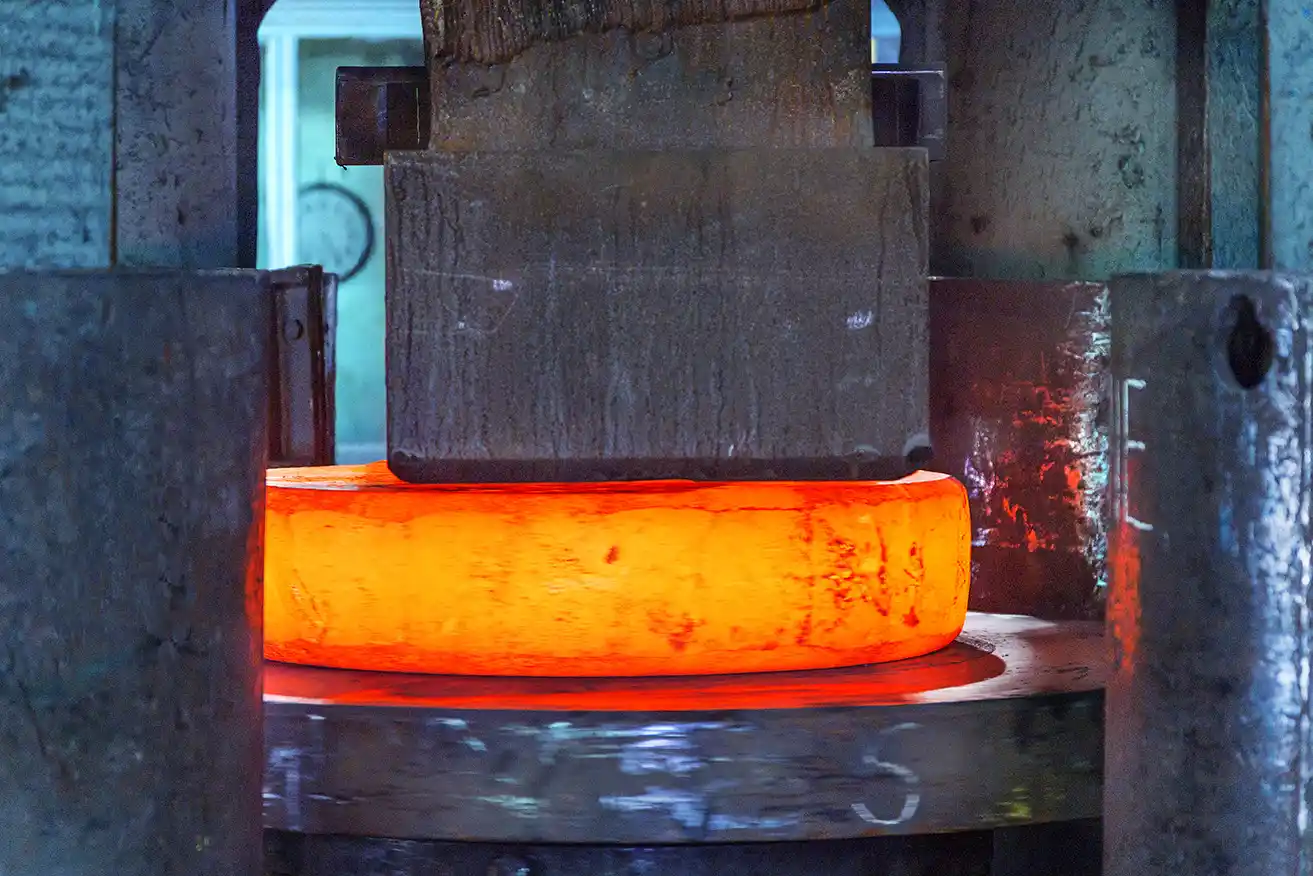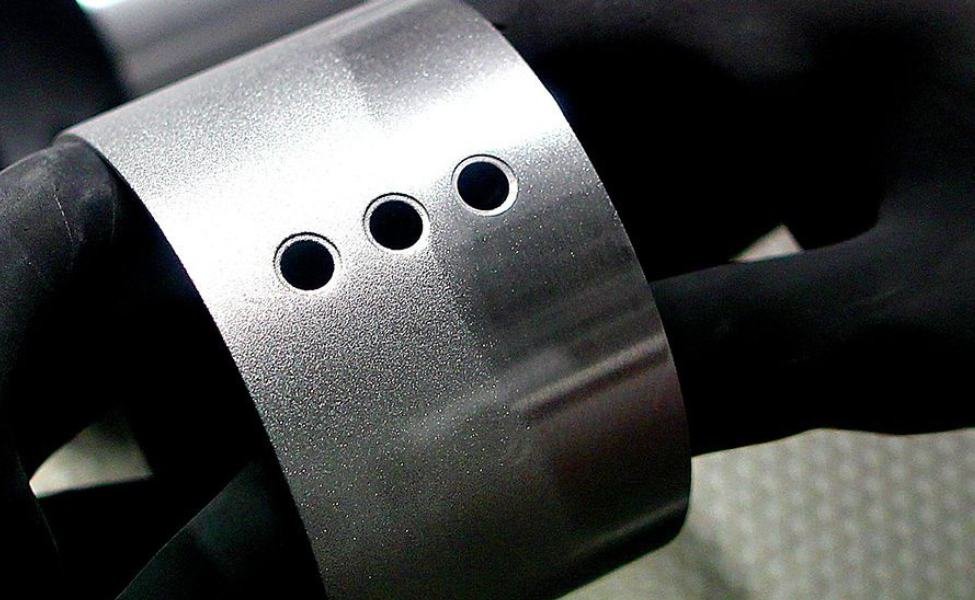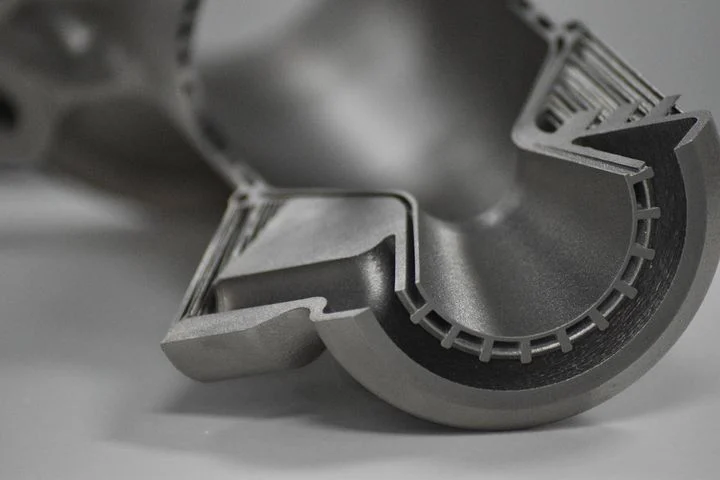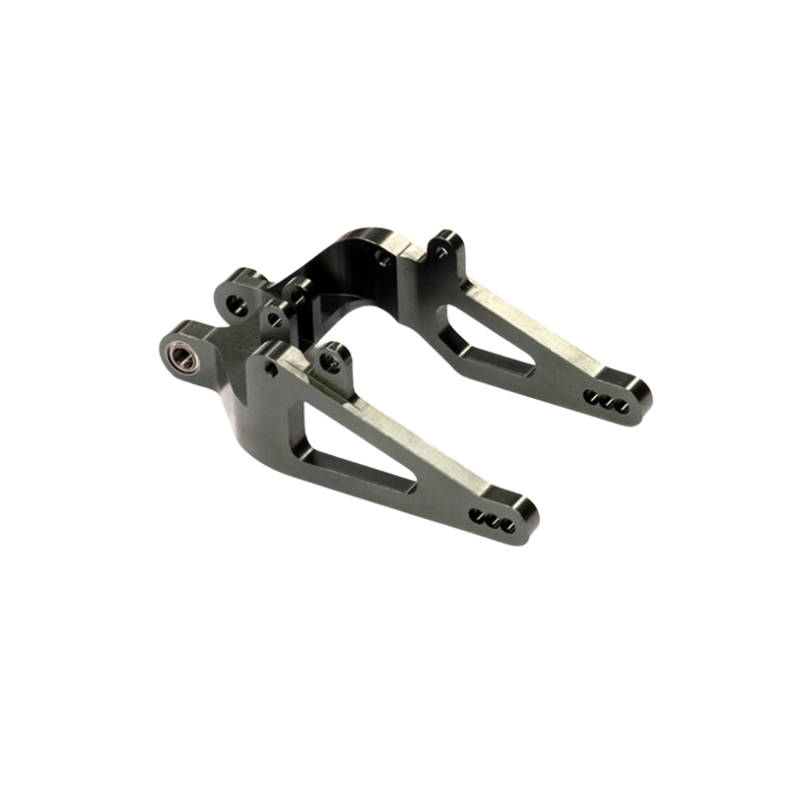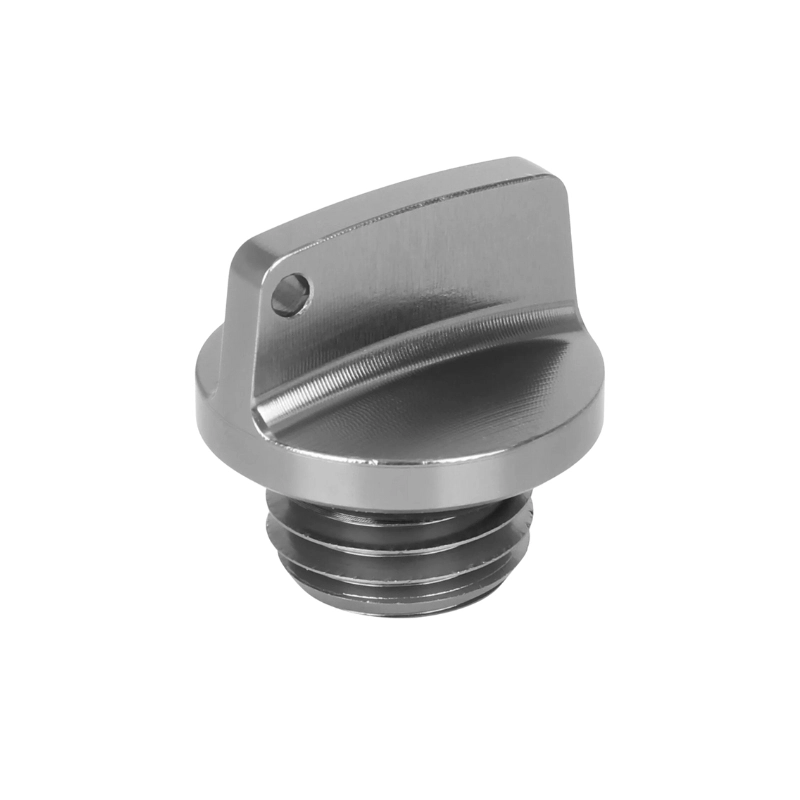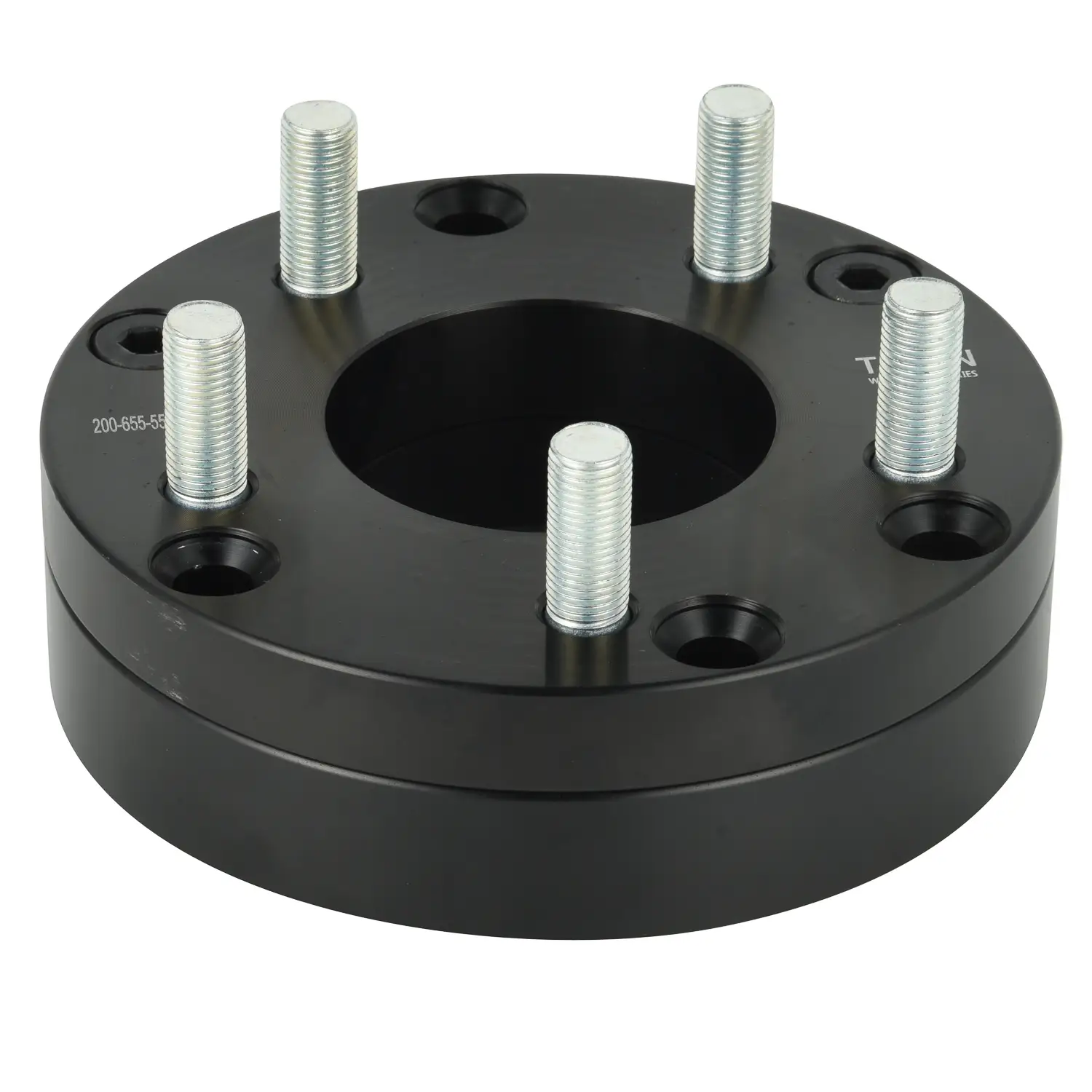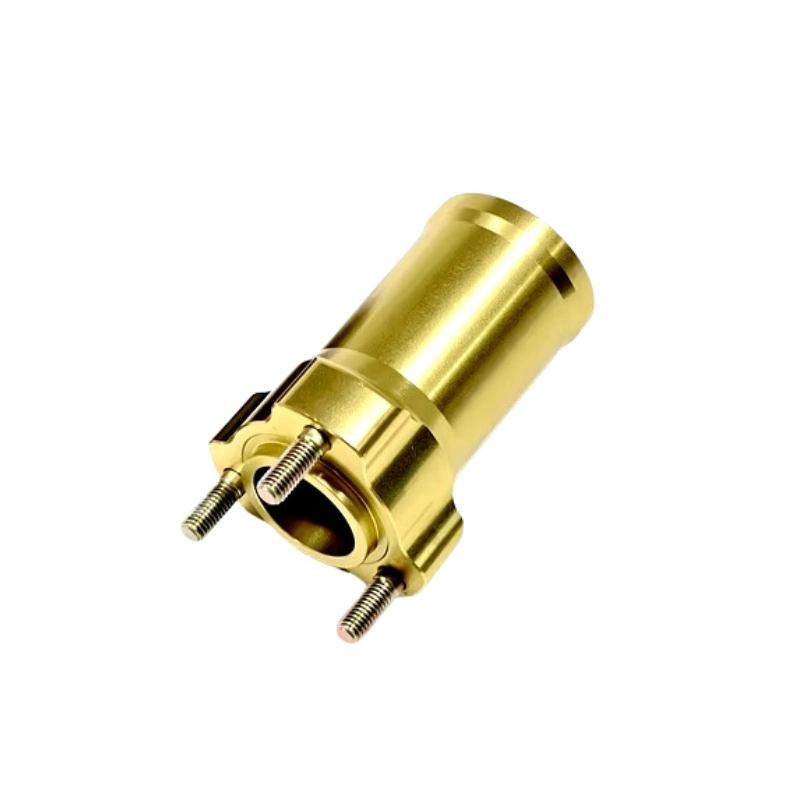The температура плавления алюминия является одной из его наиболее определяющих характеристик, способствующих его широкому использованию в таких отраслях, как аэрокосмическая промышленность, строительство и автомобилестроение. Чистый алюминий имеет температуру плавления приблизительно 660°C (1220°F), но при сочетании с другими элементами для образования сплавов, температуры плавления могут значительно различаться. Понимание температуры плавления алюминиевых сплавов, как их измерять и какие факторы на них влияют, имеют решающее значение для их эффективного использования в различных приложениях.
Температура плавления алюминиевых сплавов
В то время как чистый алюминий плавится при постоянной температуре 660°С, алюминиевые сплавы, состоящие из алюминия и других металлов, таких как кремний, магний, медь и цинк, имеют разные температуры плавления. Эти изменения зависят от легирующих элементов и их пропорций.
Температуры плавления распространенных алюминиевых сплавов
- Серия 1000 (чистые алюминиевые сплавы): Близка к 660°C из-за высокого содержания алюминия.
- Серия 2000 (Алюминиевые-медные сплавы): Обычно тают вокруг 510–640°С, в зависимости от содержания меди.
- Серия 3000 (алюминиево-марганцевые сплавы): Расплавиться между 630–655°С.
- Серия 5000 (алюминиево-магниевые сплавы): Эти сплавы, известные своей коррозионной стойкостью, плавятся между 570–640°С.
- Серия 6000 (сплавы алюминия, магния и кремния): Эти сплавы пользуются популярностью в строительстве, они плавятся в диапазоне температур 580–650°С.
- Серия 7000 (алюминиево-цинковые сплавы): Эти сплавы, используемые в аэрокосмической отрасли, имеют температуру плавления в диапазоне 475–635°С.
Читать далее: Обзор состава серии алюминиевых сплавов
Как измерить температуру плавления алюминиевых сплавов
Определение температура плавления алюминия и его сплавы имеют решающее значение в производстве и выборе материала. Для его измерения обычно используются несколько методов:
Дифференциальная сканирующая калориметрия (ДСК)
ДСК — точный и надежный метод измерения температуры плавления металлов. Он включает нагревание небольшого образца с контролируемой скоростью и мониторинг потока энергии. Температура плавления определяется как точка, в которой материал переходит из твердого состояния в жидкое.
Термический анализ
Методы термического анализа, такие как термогравиметрический анализ (ТГА) или дифференциальный термический анализ (ДТА), измеряют зависящие от температуры физические и химические изменения в материале. Эти методы помогают определить точный диапазон плавления алюминиевых сплавов.
Пирометрия
Пирометрия использует инфракрасную технологию для измерения высоких температур. Она часто используется в промышленных приложениях, где необходимо контролировать температуру плавления крупных металлических образцов в режиме реального времени.
Визуальное наблюдение при литье
В процессах литья операторы часто полагаются на практический опыт, чтобы определить, когда алюминий достигает своего расплавленного состояния. Хотя этот метод менее точный, он по-прежнему широко используется в литейном производстве.
Факторы, влияющие на температуру плавления алюминиевых сплавов
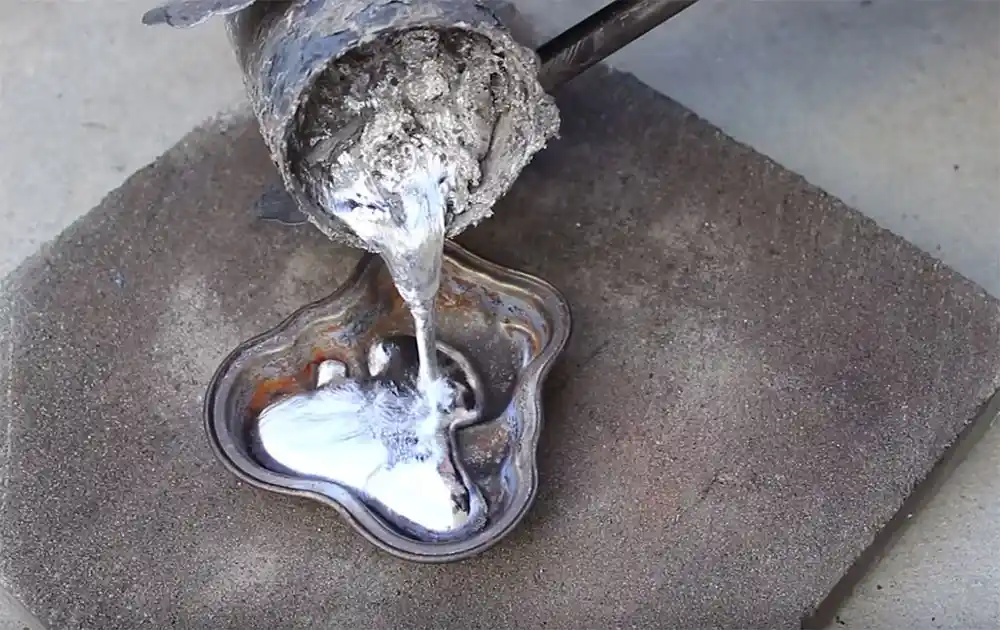

Состав сплава
- Кремний: Снижает температуру плавления, улучшая текучесть литейных сплавов.
- Магний: Немного снижает температуру плавления, одновременно повышая прочность и коррозионную стойкость.
- Медь: Значительно снижает температуру плавления, что делает алюминиево-медные сплавы идеальными для применений, требующих высокой теплопроводности.
- Цинк: Повышает прочность, но снижает диапазон плавления.
Термическая обработка
Примеси
Физические свойства
Применение и особенности алюминиевых сплавов
Различные температуры плавления алюминиевых сплавов делают их универсальными для различных применений. Знание конкретной температуры плавления сплава помогает производителям выбирать правильный материал для определенных процессов, таких как сварка, экструзия или литье.
Высокопрочные применения
Сплавы с более низкими температурами плавления, такие как серии 2000 и 7000, идеально подходят для применений, требующих высокой прочности и теплопроводности, например, для деталей аэрокосмической техники и автомобилей.
Литье и формовка
Сплавы с более низкими температурами плавления и высокой текучестью, такие как серия 4000 с высоким содержанием кремния, предпочтительны для литья из-за их способности легко заполнять формы.
Сварка и соединение
Температура плавления имеет решающее значение в сварочных операциях. Сплавы с более низкой температурой плавления могут потребовать специальных методов сварки, чтобы избежать деформации или повреждения.
Почему важны точки плавления
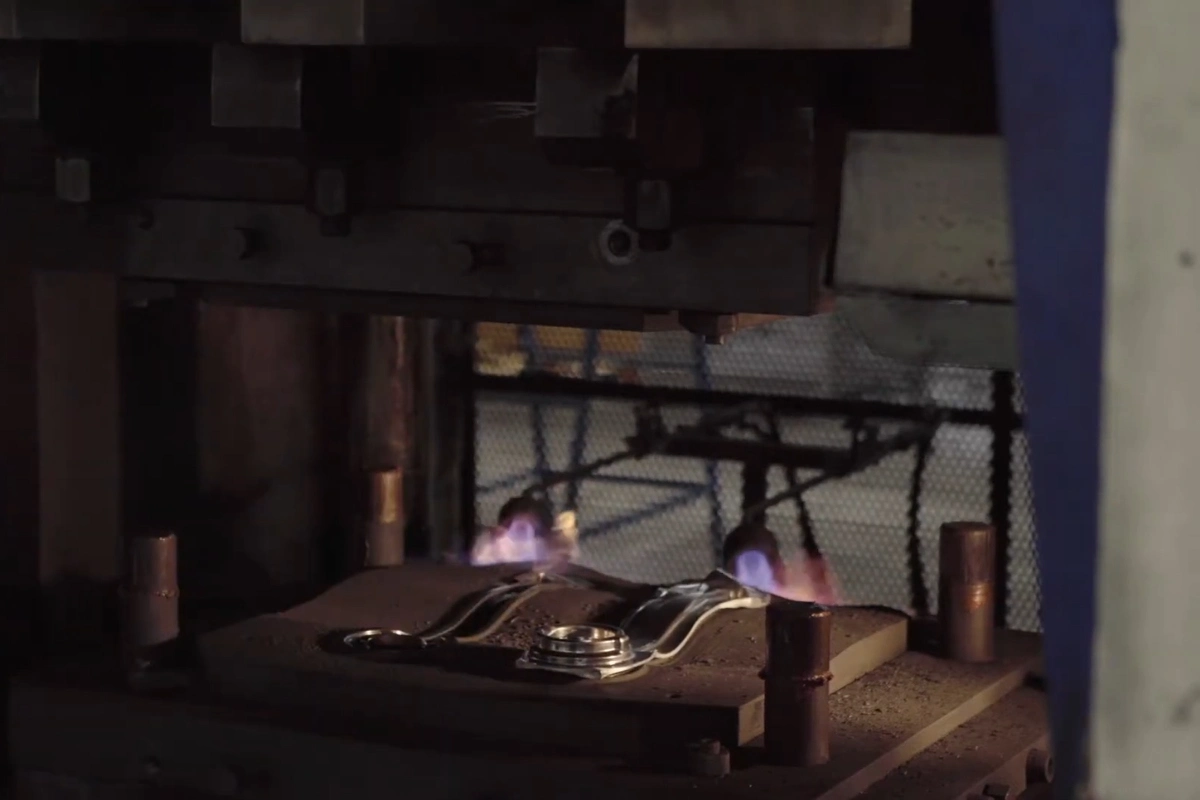

Понимание температуры плавления алюминия и его сплавов необходимо по ряду причин:
- Оптимизация процесса: Точное знание температур плавления гарантирует, что такие производственные процессы, как литье и сварка, будут эффективными и бездефектными.
- Выбор материала: Инженеры могут выбрать наиболее подходящий сплав для конкретных условий, сочетающий прочность, коррозионную стойкость и термические свойства.
- Эффективность затрат: Правильное определение температуры плавления сокращает отходы и потребление энергии в процессе производства.
Вывод
Температура плавления алюминия и его сплавов играет ключевую роль в их функциональности в различных отраслях. От высокой прочности сплавов серии 7000 аэрокосмического класса до коррозионностойкой серии 5000 — понимание этих изменений позволяет производителям оптимизировать процессы и гарантировать качество продукции.
Независимо от того, измеряются ли они с помощью передовых методов, таких как DSC, или практических методов литья, на температуру плавления влияют состав, обработка и физические факторы. Освоив эти детали, инженеры и производители могут в полной мере использовать потенциал алюминия в своих приложениях.
Узнайте больше из наших сообщений в блоге.
Недавние Посты
Узнайте больше о нашей продукции.
сопутствующие товары
Мгновенная цена!

